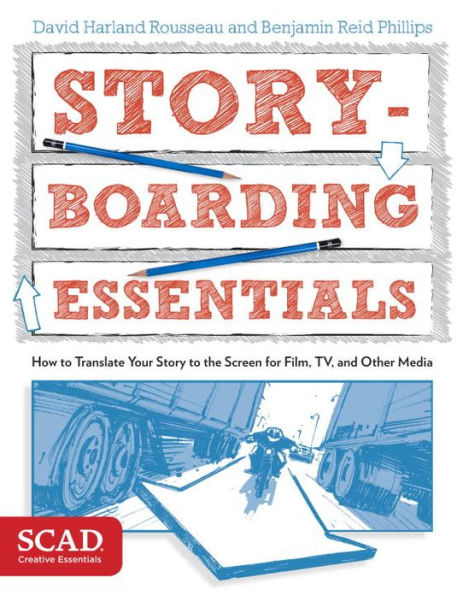5
1

Storyboarding Essentials: SCAD Creative Essentials (How to Translate Your Story to the Screen for Film, TV, and Other Media)
192
Storyboarding Essentials: SCAD Creative Essentials (How to Translate Your Story to the Screen for Film, TV, and Other Media)
192
24.99
In Stock

Product Details
| ISBN-13: | 9780770436940 |
|---|---|
| Publisher: | Clarkson Potter/Ten Speed |
| Publication date: | 06/25/2013 |
| Pages: | 192 |
| Sales rank: | 221,313 |
| Product dimensions: | 7.42(w) x 10.72(h) x 0.66(d) |
About the Author
From the B&N Reads Blog
